Quadcopter CFD Simulation, Toroidal Propeller vs Simple Propeller, Acoustic Analysis, Industrial Application
Original price was: $600.00.$300.00Current price is: $300.00. Student Discount
- In this project, an industrial Quadcopter with Toroidal Propeller is compared with Simple Propeller by ANSYS Fluent software.
- Studying Acoustic, Mach Number, Pressure, Density (Compressible Flow), and Motion analysis.
- Comparing the Acoustic Power Level.
To Order Your Project or benefit from a CFD consultation, contact our experts via email ([email protected]), online support tab, or WhatsApp at +44 7443 197273.
There are some Free Products to check our service quality.
If you want the training video in another language instead of English, ask it via [email protected] after you buy the product.
Description
Quadcopter CFD Simulation, Toroidal Propeller vs Simple Propeller, Acoustic Analysis, Industrial Application
Introduction
The acoustic performance of a toroidal propeller is an essential consideration in its design and implementation. The propeller’s unique shape can significantly impact the noise levels generated by the propulsion system. One of the main advantages of the toroidal propeller is its low noise and vibration levels, and the ring-shaped structure can help to absorb and dissipate sound waves. This can improve the comfort of passengers and crew on board.
However, the toroidal propeller is not entirely silent. The design of the propeller can create additional noise due to the interaction between the blades and the ring, and the ring itself can create noise as it moves through the air; the acoustic performance of the propeller can also be affected by factors such as the speed of the drone and the presence of external noise sources.
To optimize the acoustic performance of a toroidal propeller, designers may use techniques such as computational fluid dynamics (CFD) simulations and experimental testing. By analyzing the propeller’s flow patterns and acoustic characteristics, designers can adjust the design to reduce noise levels and improve efficiency.
Overall, the acoustic performance of a toroidal propeller is an essential consideration in its design and use. While the propeller offers many advantages over traditional designs, it is essential to carefully consider its acoustic performance to minimize its impact on the environment and improve the comfort of those on board.
Project Description
In this project, we will simulate a drone in a hover position with a toroidal and normal propeller to absorb the sound level around the domain and generate sound by the propeller. We have a quadcopter with four rotors rotating at 1200 RPM.
Acoustic Investigation of Quadcopters Methodology
ANSYS Fluent software investigates steady airflow in a three-dimensional drone. The geometry used in this simulation is created with design modeler software, and the mesh grid for both cases is generated with ansys meshing software with tetrahedral elements. Both cases are simulated as transient using the mesh motion to model propeller movement.
Results
Acoustic performance is essential in quadrotors, as it can impact the system’s safety and efficiency. Excessive noise can be a safety hazard, as it can interfere with communication between the pilot and ground crew and disturb wildlife in the surrounding area.
In addition, noise can indicate inefficiencies in the system, such as unbalanced rotors or aerodynamic issues. By optimizing the acoustic performance of quadrotors, designers can improve their safety, efficiency, and overall performance. This can lead to more reliable and effective use of quadrotors in various applications, from aerial photography to search and rescue operations.
During this investigation, a standard propeller generated around 213 dB of sound at 1200 RPM. But for the toroidal propeller, this value reduces to 85 dB.
Turbulence can have a significant effect on the sound generation of a propeller. As the airflow around the propeller becomes more turbulent, it can cause pressure and velocity fluctuations, leading to increased noise levels.
This can be especially pronounced in the near-field region of the propeller, where the turbulent flow can interact with the blades and ring structure. Designers of propellers must take turbulence into account when optimizing their acoustic performance.
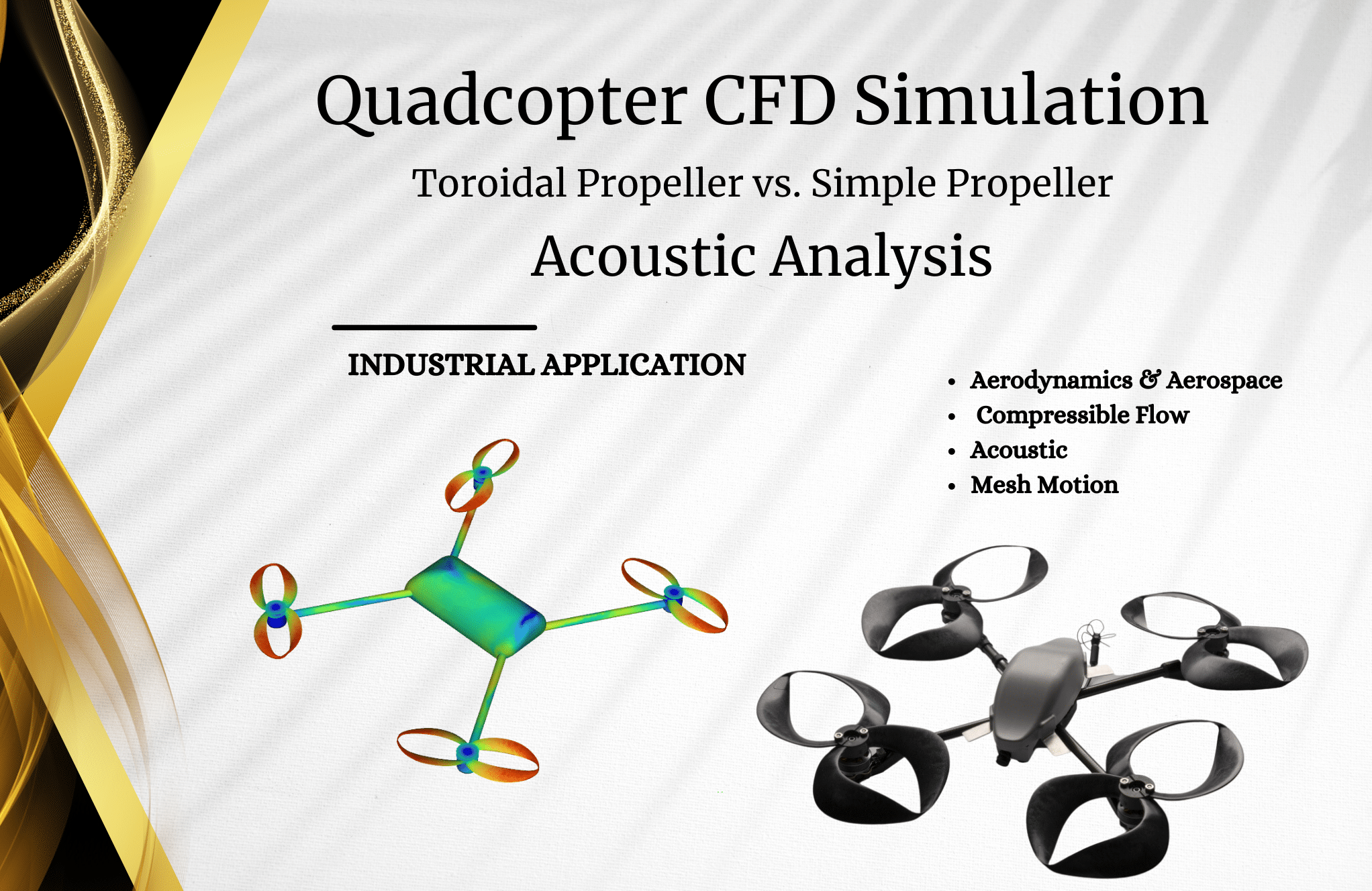
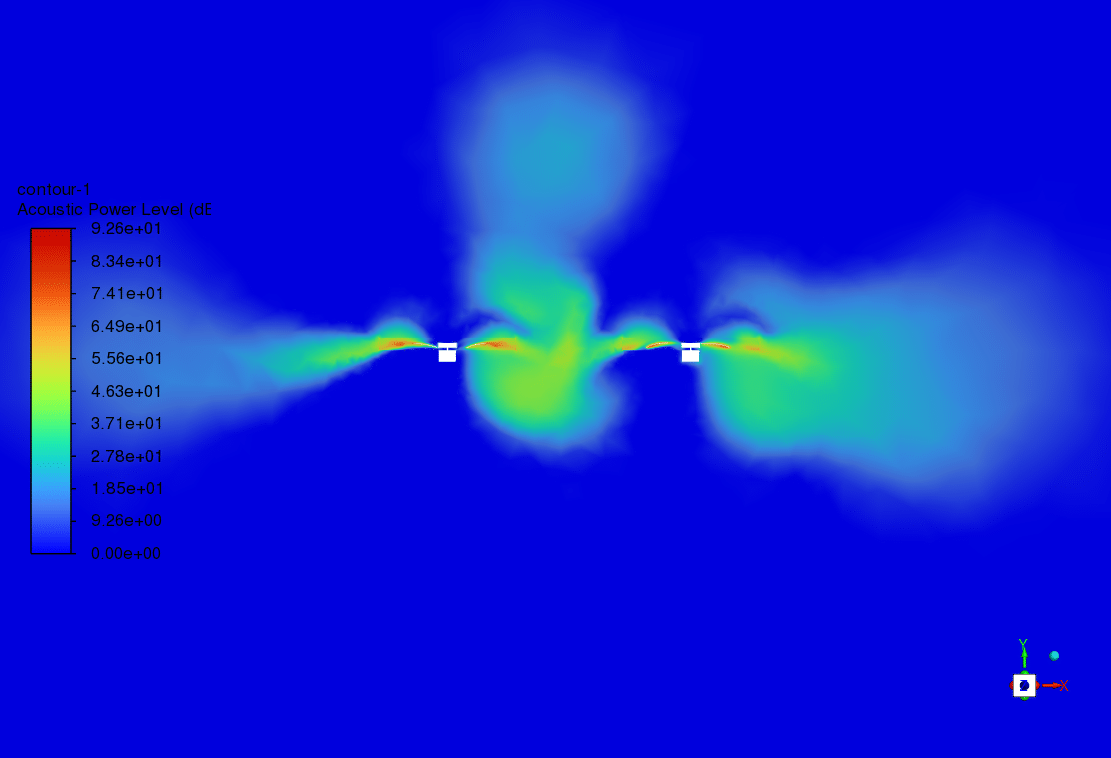
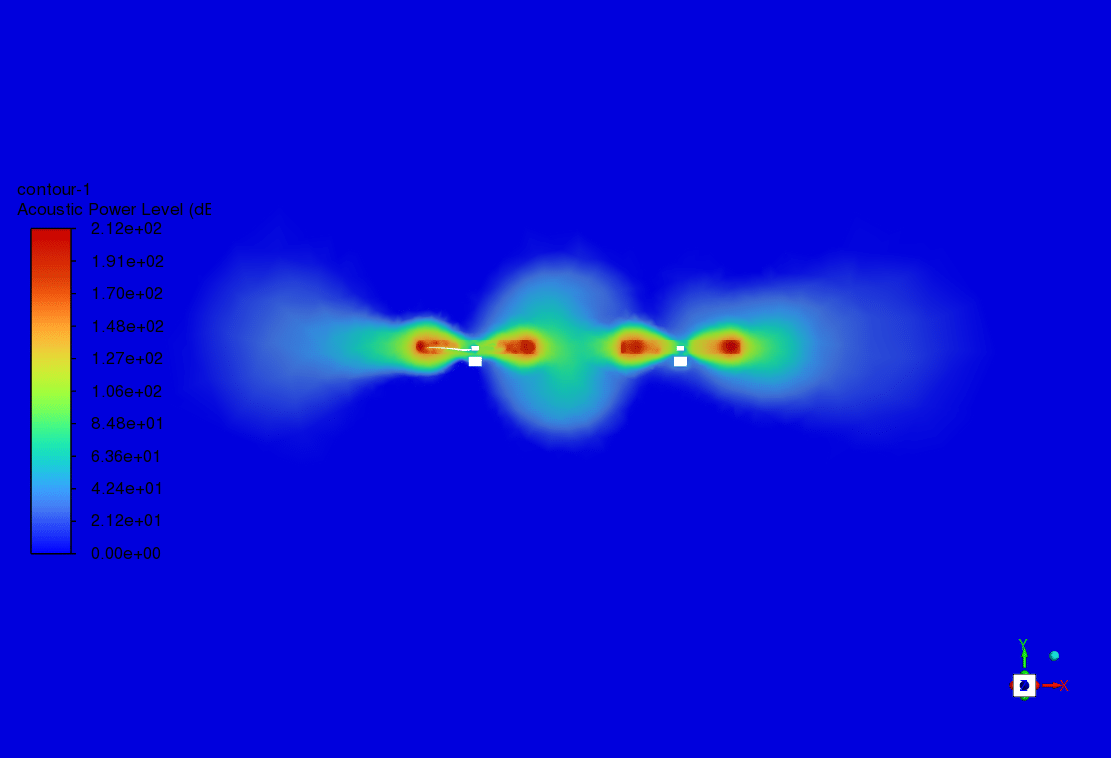
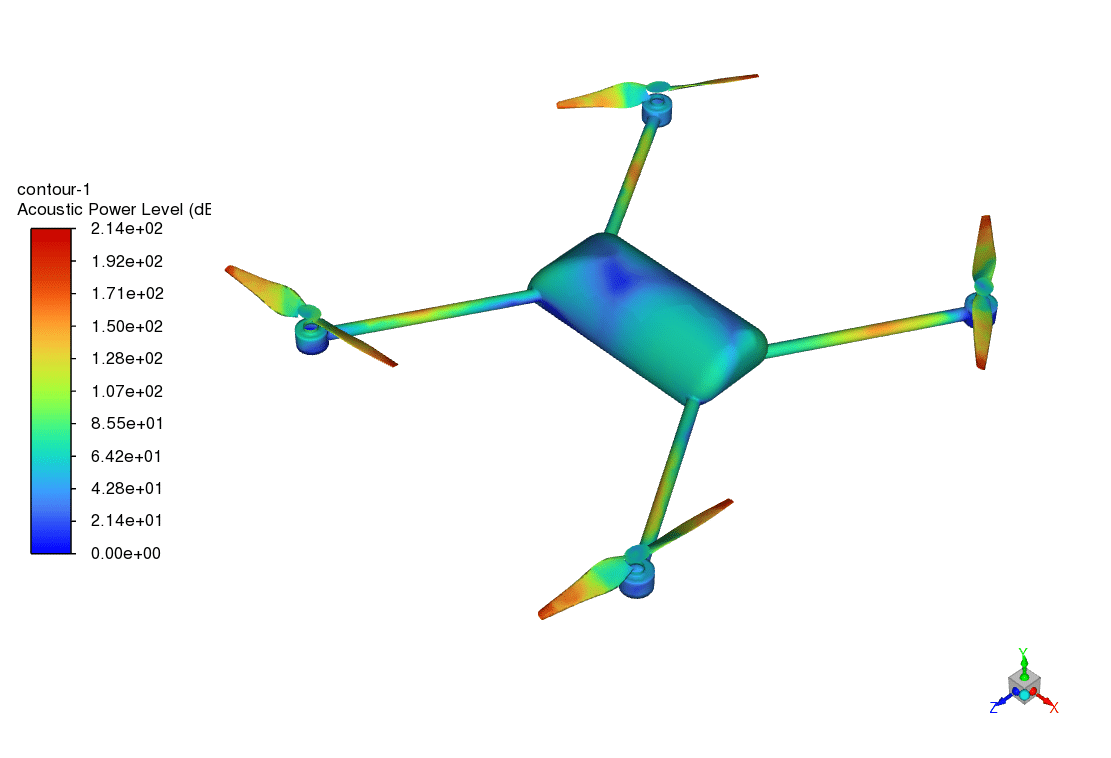
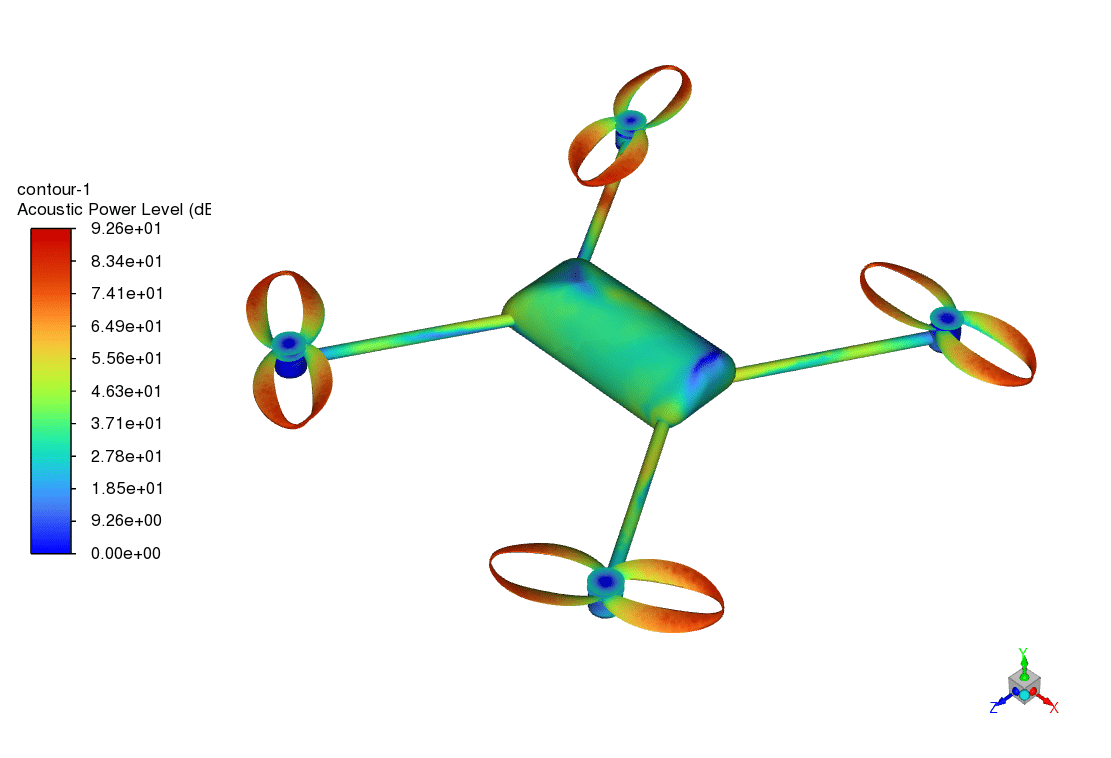
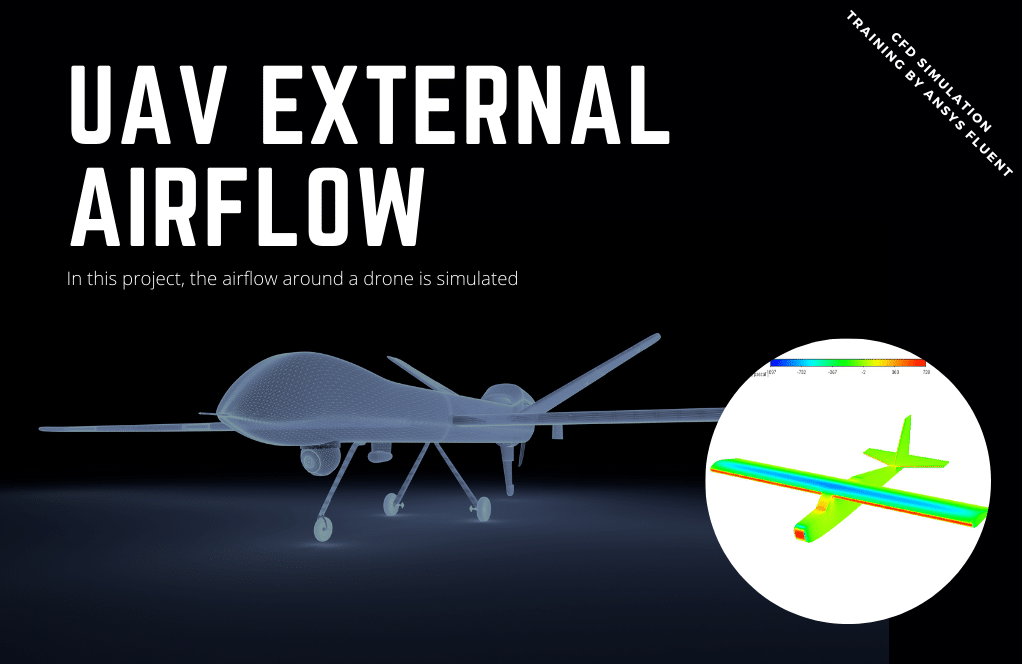
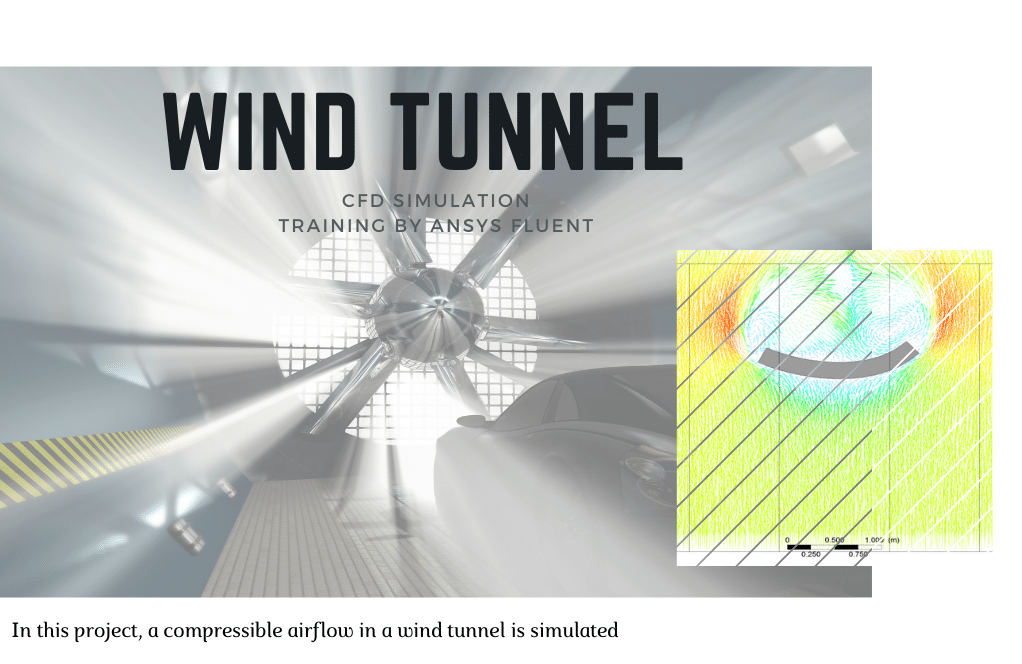

Adrian Emmerich –
The simulation comparison between the toroidal and standard propellers is remarkable. The reduction of sound levels in the toroidal propeller seems quite significant. Excellent project execution and great potential for practical applications in noise-sensitive areas. Could you possibly detail whether these results have been validated with experimental data?
MR CFD Support –
Thank you for your compliments on our project work. The simulation studies provide valuable insights, and we agree that the acoustic reduction achieved with the toroidal propeller is promising. We ensure that our CFD simulations aim for high accuracy, but due to the nature of this exchange, we don’t have direct access to the specific experimental validation data. However, it is standard practice to validate simulation results with experimental data or analytical solutions when possible. This would be the next step to ensuring our findings are as reliable as possible and can confidently inform future designs and applications.
Rubie O’Reilly –
What a thorough explanation and clear results! Very impressive how much quieter the toroidal propeller is. A reduction to 85 dB from 213 dB is remarkable.
MR CFD Support –
Thank you so much for your positive review! We are thrilled to hear that you found the simulation and its results impressive and easy to understand. It is our goal to provide comprehensive insights into product performance, and we are glad to hear we succeeded. Your feedback is greatly appreciated!
Abby Wintheiser –
Wonderful, thorough analysis and presentation in the Quadcopter CFD Simulation project! It’s great to see how acoustic considerations are integral to the design and the significant noise reduction achieved with the toroidal propeller.
MR CFD Support –
Thank you for your kind feedback! We’re thrilled to know that the project met your expectations and provided insightful analysis. The acoustic performance of drones is indeed critical, and we’re glad our simulation could highlight the benefits of using a toroidal propeller. Should you have any more questions or need further assistance, feel free to reach out!
Dr. Kale Von –
The customization, innovation, and rich detailed analysis provided in comparing the toroidal and simple propellers for acoustic performance in quadcopters really catered to our project’s needs. The reduction of noise levels from 213 dB to 85 dB by switching to the toroidal propeller has significant environmental and commercial implications. Excellent presentation of technical information and practical application!
MR CFD Support –
Thank you for your positive feedback and appreciation of the technical depth and real-world applications provided in the comparison of the toroidal and simple propellers’ acoustic performance. It’s wonderful to hear that the information presented has been valuable to your project. Your recognition of the significant reduction in noise levels illustrates the potential impact our simulation results could have in various sectors. Thanks again for taking the time to review our work!
Dennis Ratke –
The improvements in the sound level from using a toroidal propeller are extraordinary! I’m very impressed by how this design significantly reduces noise pollution while enhancing comfort, as evident in the CFD simulation results. Kudos to the MR CFD team for insightful and high-quality simulations that contribute positively to drone acoustic analysis and design.
MR CFD Support –
Thank you for your kind words! We are always thrilled to receive positive feedback on our products. Your recognition of the effort we put into our CFD simulations motivates us to continue providing high-quality and insightful simulation work. We’re glad to hear about your satisfaction with the acoustic analysis and the remarkable noise level reduction achieved with the toroidal propeller simulation. Feel free to reach out for more information or support with any of our simulation products!
Prof. Blaze Ryan –
The simulation results mentioned a significant noise reduction using a toroidal propeller. Was this reduction achieved through design modification of the propeller or by inherent qualities of the toroidal shape?
MR CFD Support –
The noise reduction achieved with the toroidal propeller is primarily due to the inherent qualities of its shape. The ring-shaped structure of the toroidal propeller helps absorb and dissipate sound waves, which contributes significantly to lower noise levels. However, specific design modifications and optimizations during the CFD simulation process may have enhanced these inherent acoustic benefits.